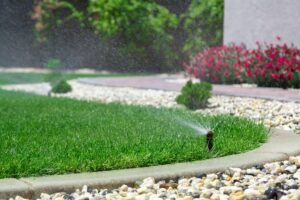Proper drainage of the soil is one of the essential factors contributing to the healthy growth and development of gardens. Thus, soil drainage problems must be solved before starting to grow new plants.
Soil drainage is the rate at which water enters through the soil particles. The quality and fertility of the soil matters a lot in the growth and development of plants. The soil is not only a supportive medium that allows plants to grow, but is also a natural habitat for microorganisms.
The microbial population of the soil, composed of bacteria, fungi or viruses, is largely responsible for the supply of essential nutrients for plants. Microbes help to transform organic materials into matter that plants easily assimilate. Thus, the active maintenance of the microbial population is crucial for the development of healthy and vigorous plants.

Landscape construction irrigation pros affirm that proper drainage of the soil is an important factor in the active preservation of the microbial population, especially anaerobic microorganisms. Thus, the goal is the proper ventilation of the soil particles. In the case of flooded soils, it is a problem with how the soil is compacted. Consequently, water fills all the spaces between the soil particles, and the air no longer circulates. The result is clear: the plants are deprived of the nutrients they need.
Another problem related to soil drainage is the PH. Soils that drain quickly are generally alkaline, while soils that have drainage problems are acidic.
